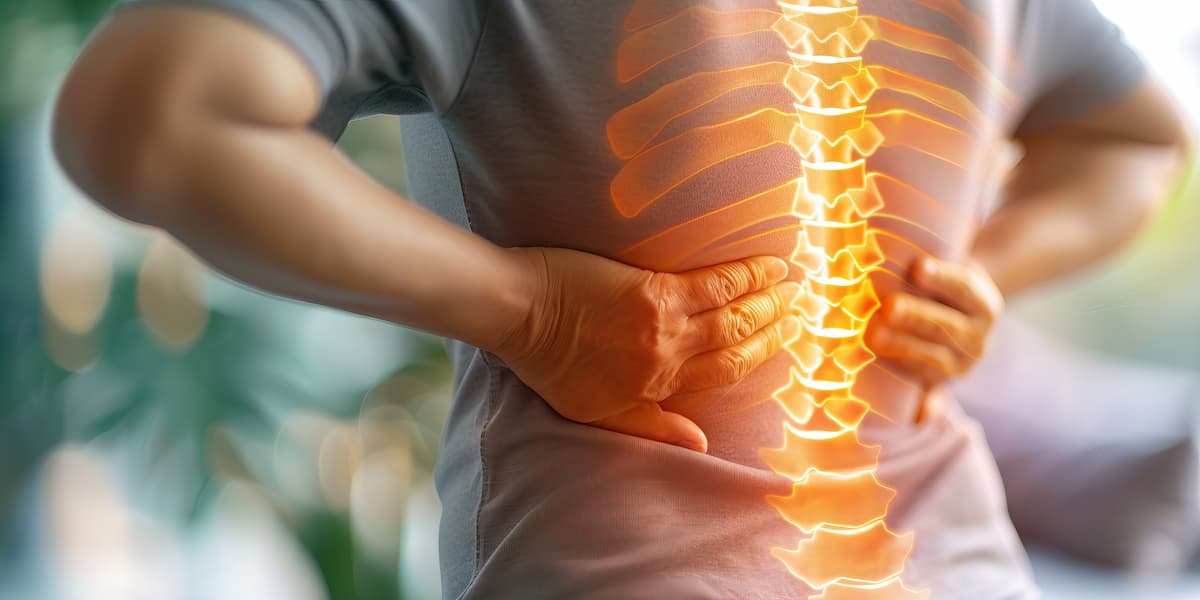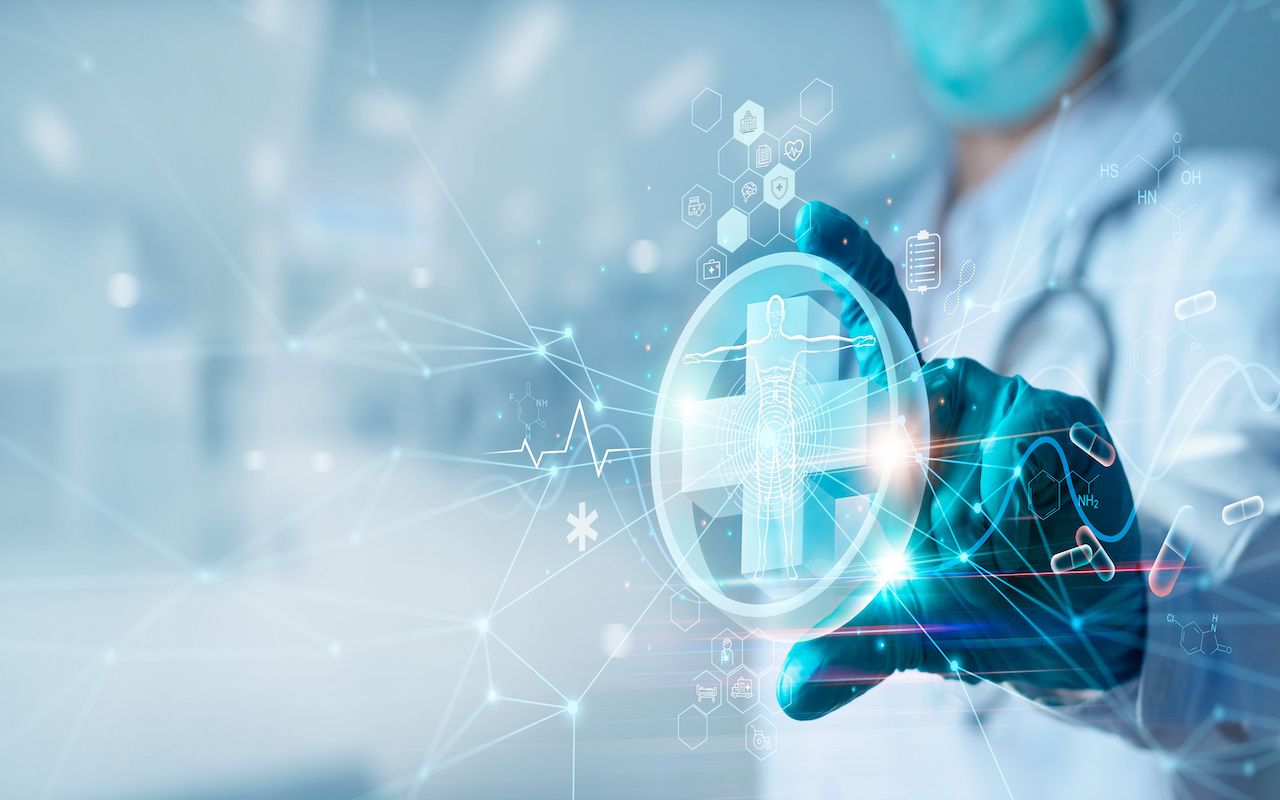Commentary
Article
Beyond Insulin: The Impact of Next-Generation Diabetes Technology
Author(s):
Experts explain how new diabetes technologies like continuous glucose monitors are transforming care beyond intensive insulin therapy, offering personalized insights and improving outcomes for patients of all treatment levels.
While at an Institute for Value-Based Medicine® (IVBM) event held in Cleveland, Ohio, The American Journal of Managed Care® (AJMC®) sat down with 2 experts to discuss new diabetes technologies:
- Natalie Bellini, DNP, FNP-BC, BC-ADM, CDCES, endocrine nurse practitioner at University Hospitals
- Kevin Malloy, PharmD, BCPS, pharmacy materials coordinator at Cleveland Clinic Akron General Medical Center
New technologies, including continuous glucose monitors (CGMs), are revolutionizing diabetes care, benefiting patients beyond those requiring intensive insulin therapy. These technologies provide actionable insights into glucose patterns, facilitating personalized treatment decisions even for patients on less intensive insulin regimens or no insulin at all.
According to Bellini and Malloy, successful implementation of diabetes technology involves a collaborative approach among health care teams, focusing on patient-specific needs and configuring devices accordingly, ultimately enhancing patient-provider relationships and improving outcomes.
AJMC: How do new technologies benefit all patients with diabetes, not just those with multiple insulin injections?
Natalie Bellini, DNP – LinkedIn

Bellini: New technology is helping lots of people with diabetes identify patterns of when glucoses are going up or down. Even if I have someone taking metformin and I put them on a continuous glucose sensor, I can see and they can see what foods affect their glucoses, but also how exercise impacts glucose, and whether or not it may be time to add another medication or not. When we first started, a pump [was seen as] this intensive technology. Now, we have these other technologies that are available to most people with diabetes. If insurance doesn't cover it, we have an ability to use what we call diagnostic CGM, where the clinic actually owns the device and the person with diabetes wears it for a couple of weeks or 10 days, depending on which one they're using, and then returns it and we can look at the patterns together.
Malloy: As the literature expands and grows from year to year, at its inception, personal CGM data really focused around the populations that were on the more intensive insulin delivery devices [such as] pumps and multiple daily insulin injections. As time has progressed and CGM has become almost a standard of care for all patients on insulin, we've got a growing amount of data to support its use at improving glycemic control in patients even on less intensive insulin regimens. And from the time of a study's beginning to its inception, by the time it's already published, we have new technology and standards of care have changed. I think we're going to soon be growing to show a larger amount of benefit among patients that are maybe even not on insulin treatment at all, and really reflecting standards of practice. Even taking clinical outcomes aside, we really don't have the same health care system that we did 3 years ago. We're a much more remote technology–reliant environment, and we see a lot of these technologies enable our ability to deliver remote care to people with diabetes. It's really kind of fitting into our health care model now and not just improving diabetes care specifically, but also allowing patients to receive care in the way that's most optimal for them.
AJMC: One of the concerns with technology and data collection is that the data are good and actionable. Are we overcoming that, or is it still an issue?
Bellini: Continuous glucose sensors measure glucose every 1 to 5 minutes, so it can be 1000 readings a day. But it doesn't come in an Excel spreadsheet that you have to then decipher, it comes in reports that are easy to learn to read. When I talk to medical students or other people that have never done it before, I say, "Remember how you learned to dose NPH insulin?" In the old days, we dosed insulin based on a couple of finger sticks a day, and we did okay. This is just a different way to look at the reports, and you're really looking for patterns. You're not looking to see what happened at 2:00 and 2:02 and 2:07, you're looking at, does this person rise after lunch? Does this person rise after lunch most days? Do I change the medication? Do I offer to change? Do we look at what they're eating? And how do I make those decisions?
Kevin Malloy, PharmD – Cleveland Clinic

Malloy: I think very rarely is any health care technology—definitely true for diabetes technology—useful really on its own. It really needs to be coupled with good clinicians who are knowledgeable on the device itself and how that device can be used to impact health care, and not just basically throwing a device at a patient and leaving them to learn it themselves. So, I think that is very important. A lot of payers have coupled coverage to a certain extent with showing a benefit for the utilization of these devices. I think payers aside, we should really be challenging ourselves within the health care field that if we're going to be offering these technologies to our patient, in order to realize the greatest benefit from them, we need to be working with them not just at initiation and training, but the follow-up process so that they can get the most benefit out of their device, whatever that looks like for them.
AJMC: How can a care team ensure successful implementation of diabetes technology?
Bellini: Every care team works a little bit differently. For different members on the team, their roles need to be defined so that people don't get lost, and that's the biggest thing. As a prescriber, I typically prescribe the CGM, that person with diabetes starts to wear it. And we actually use a pharmacist embedded in our practice as well, and he does a 2 to 4 week follow-up with that person and looks at their continuous glucose sensor, makes treatment decisions based on that data. And if other needs are identified, we would then send someone maybe to the dietician or to the diabetes educator, but at every single interaction, the glucose is downloaded so that everyone's involved in those treatment decisions together.
Malloy: The Association of Diabetes Care and Education Specialists, one of their working groups did publish a paper a few years ago that talks about a framework for implementing diabetes technology in practice, and it's called the Identify, Configure, Collaborate framework—ICC framework. The first piece is identifying, so having knowledge of that individual with diabetes that you're working with and highlighting whatever their specific problems may be, because no 2 patients with diabetes are alike, the same way no 2 people are alike. So, realizing maybe what their barrier is to achieving their optimal health and optimal diabetes outcomes. And if you can kind of pair that patient's problem with potentially a device or technology that can help overcome that, that's sort of step 1.
And then you also want to make sure you're configuring that specific device to that patient. That sort of goes with the follow-up that I was discussing previously, so making sure that you are configuring that device and some of its benefits specifically to that individual patient's needs, what their beliefs are, and their ideal health care delivery. Lastly, you really want to collaborate to make sure that you're using the data from that device to drive better outcomes, to drive transparency, to drive data-driven conversations, which I think is a buzzword that we like, but ultimately, it's really going to help improve that patient-clinician relationship and make the interviews less of an interrogation and more of a conversation about objective data. I always think that's a good piece, it really simplifies the workflow of a patient visit and helps improve patient-provider relations.
AJMC: You used the word interrogation in your last response. Do patients sometimes feel like they’re being interrogated?
Malloy: Certainly. I try my best every day [to avoid that feeling], but there'll be times that I then will leave a patient room and I'll feel like I potentially interrogated them. And taking that aside and really having that information up front, it becomes less of an interrogation and more of a conversation. It sounds cliche, but it's very true. We have to spend so much time in this field; it's a very numbers-driven field. Regardless of whether you're the provider or even the medication assistant, it's just a very data-driven field, and that's a lot of the metrics that we hit. We don't treat numbers, we treat people, but part of that is treating their numbers. And when that piece can be taken out by technology that's able to collect and store that data, and oftentimes we build in some clinical decision support tools there, that piece of that interview is taken, and we can really open up and speak with the individual and try to use those numbers in a way that meets goals for everybody.





